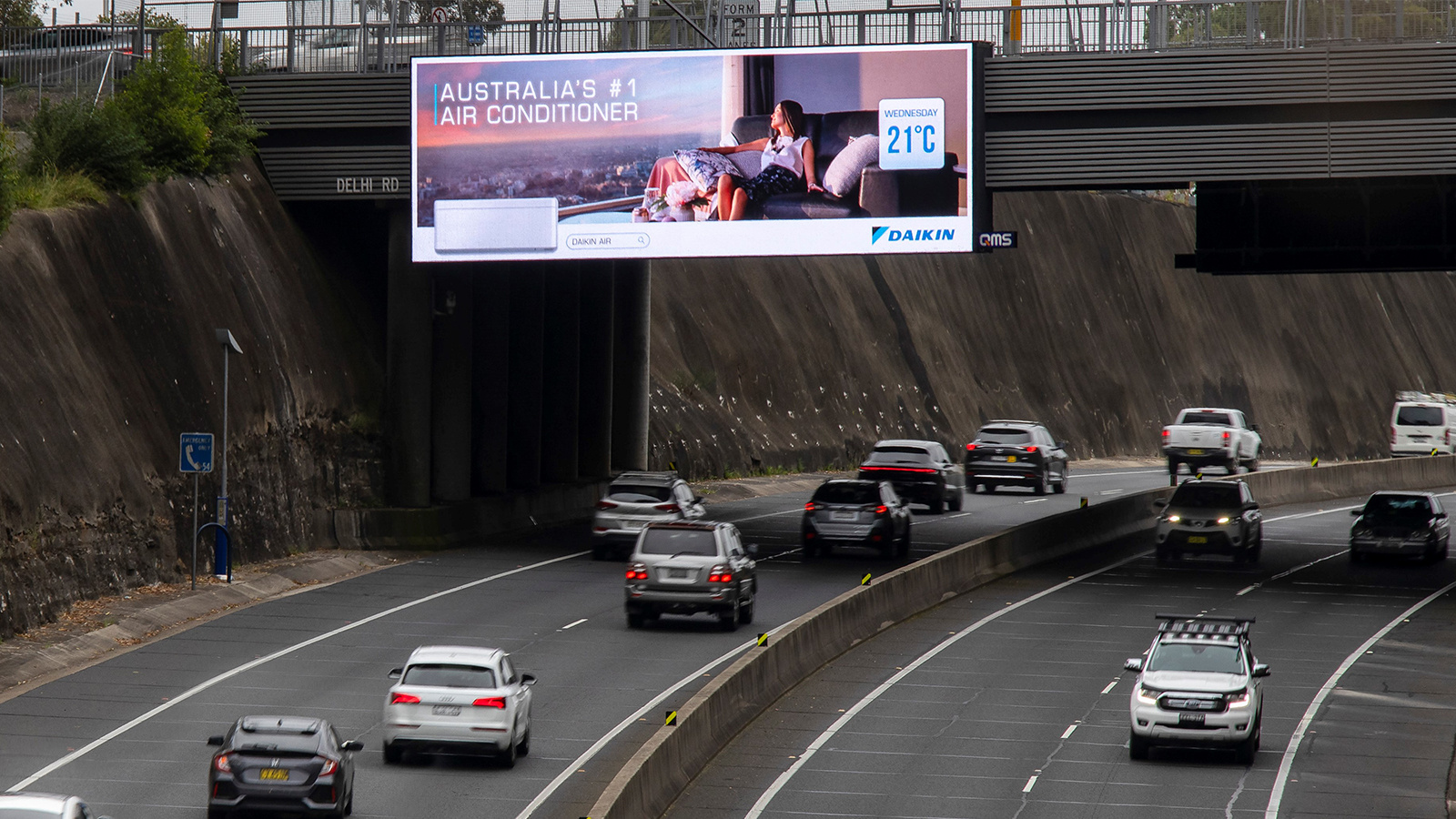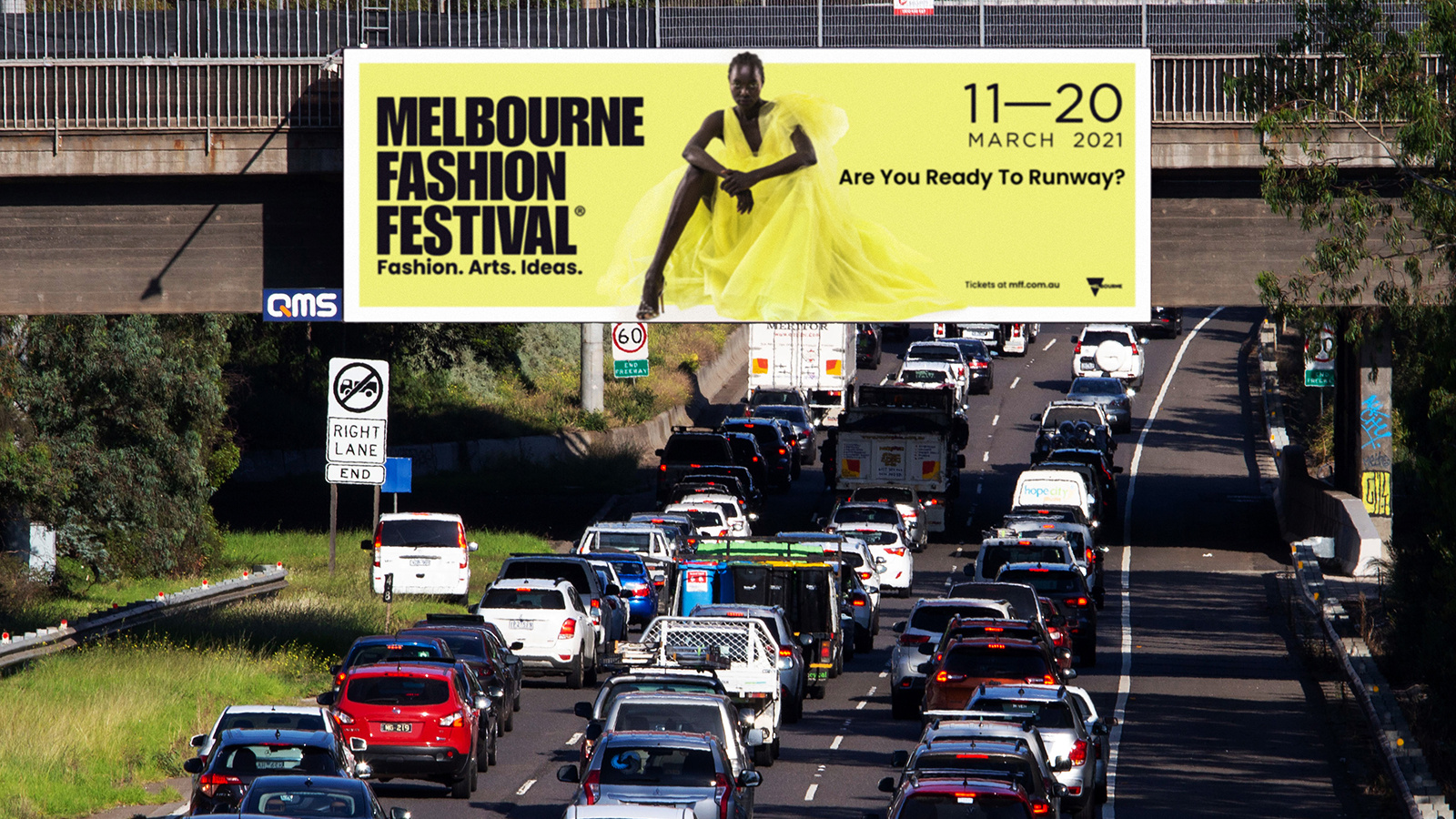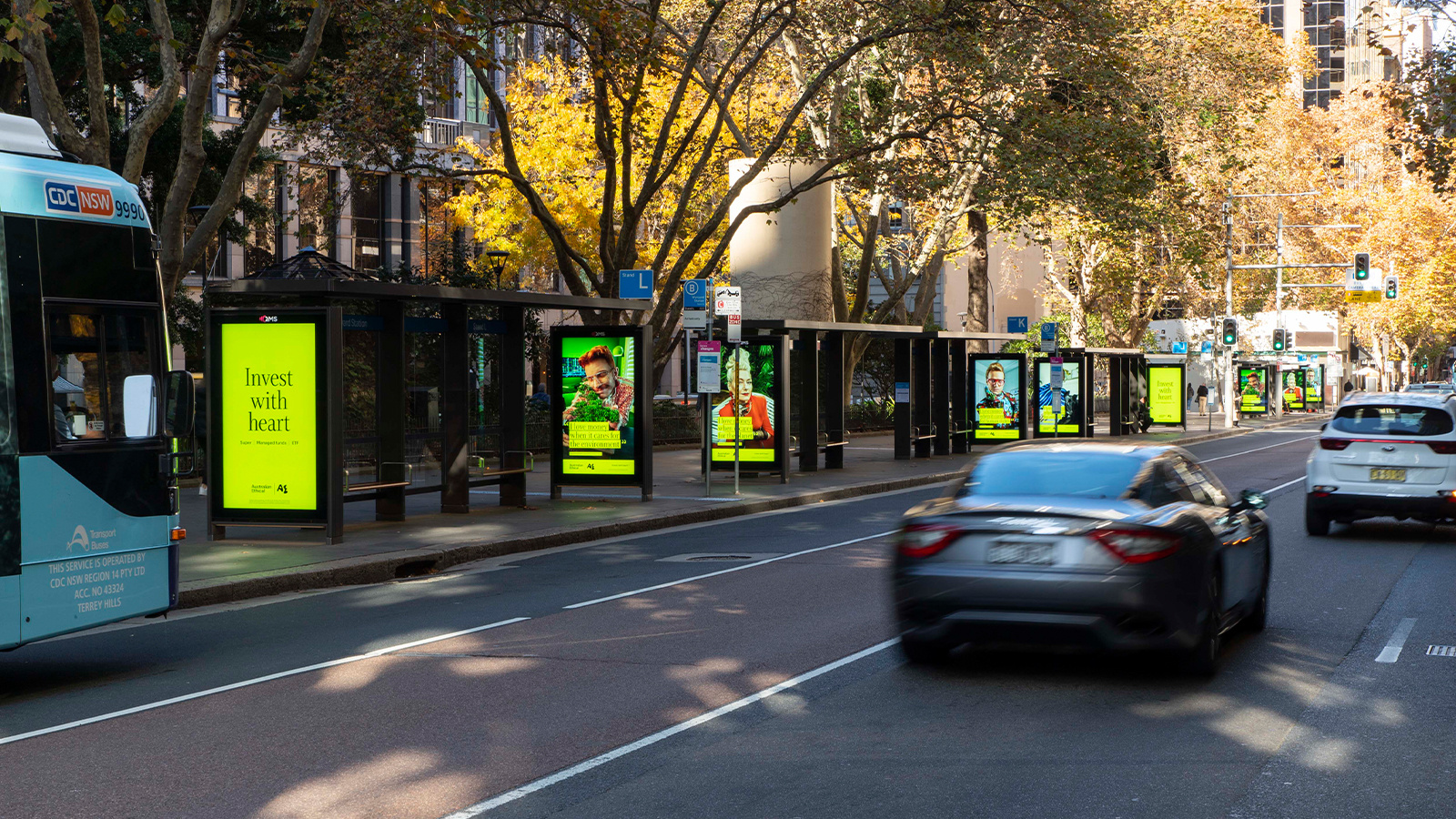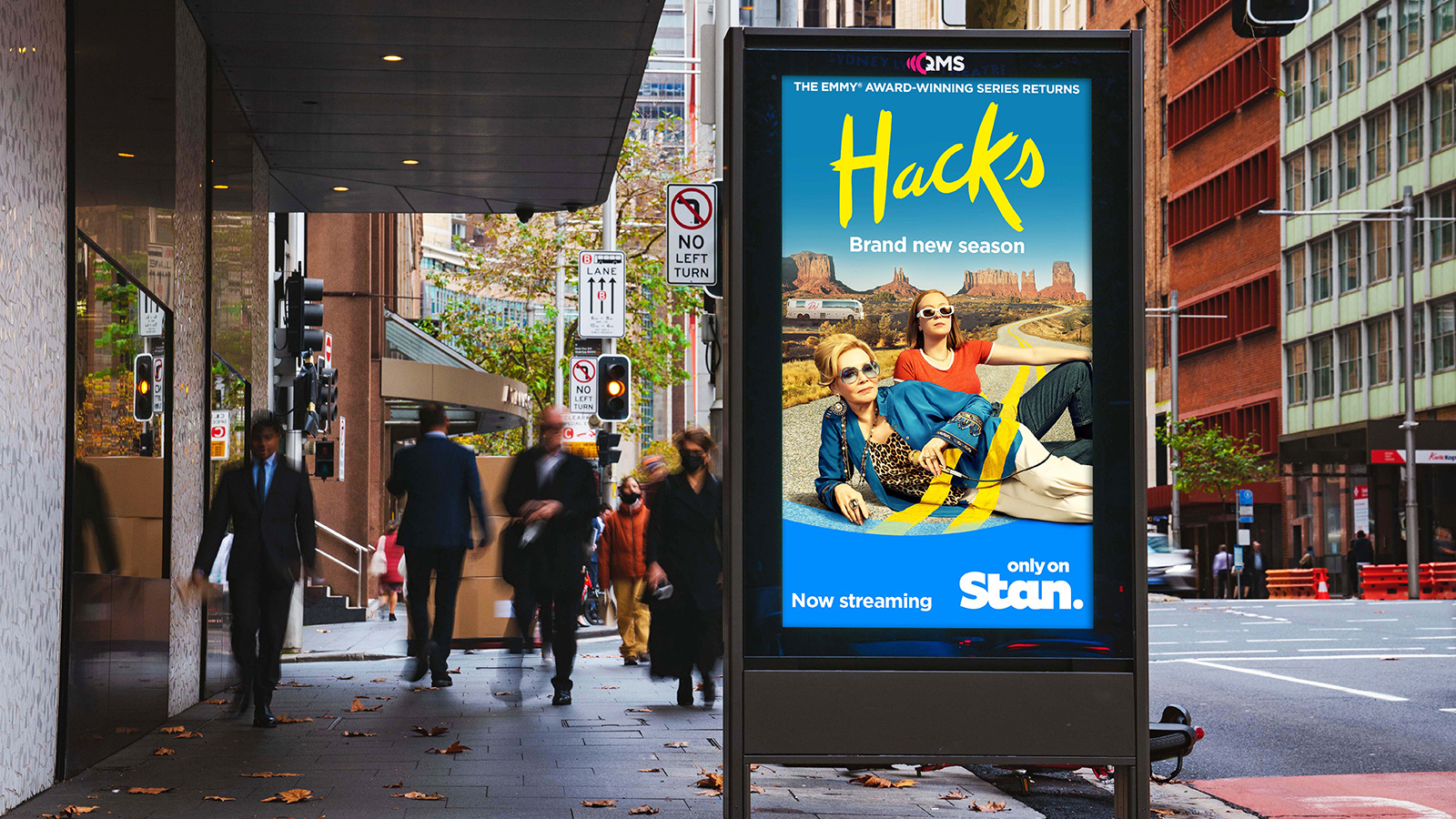DOOH Unlocked With Three Simple Neuro Findings
Eighteen months in the making, Neuro-Insight’s latest research study with QMS has certainly got agencies and advertisers talking over in Europe. After all, it is a global first. Independent Global Advisor, Anne Parsons explores further.
Affecting one of the fastest growing sectors in media, it’s relevant to one of only two remaining high reach channels and gives the industry inside knowledge that previously did not exist, to exploit Digital Out-Of-Home (DOOH) and its capability of generating better results.
DOOH, by its very newness, lacked qualitative audience research allowing advertisers to make their best OOH decisions. But this research provides a new qualitative lens on a previously quantitatively lead medium and unequivocally proves DOOH is a different channel to static, and most importantly, when used for its inherent strengths, is capable of delivering up to 38% greater impact.
So, it’s bloody good work and even better, it has the hallmark of valuable research where all the charts and copious statistics can be reframed to a few digestible facts:
- Advertisers and agencies now have access to real-world based qualitative facts that influence OOH decisions and change outcomes.
- DOOH is not like static OOH. If you treat it like that, you’re selling your campaign short.
- Something that gives you a positive 38% in a competitive market must be pursued.

Recall the familiar refrain of how an OOH poster was too often treated like a magazine ad, featuring the same creative? We knew there was more to it, but without a compelling reason not to, we persisted. After all, those magazine ads usually looked great outside.
Today, there is much tighter scrutiny applied by agencies and advertisers seeking evidence before they make the call on how to choose and use media. DOOH therefore, needed to show the science of why it’s not just a moving static screen.
Now we know. It may have been intuitive for some, but numbers tell the story – DOOH is an awareness driver, but it is also a rich way of reminding audiences, of building new memories and continuing long term memory encoding. DOOH has a way of working in our brain that is different to static and gives us different results. With even simple tweaks it is capable of upping the communication impact.
What really matters is that treating DOOH differently actually translates to generating greater attention for an advertiser’s message. Same investment – better results. Like up to 38% better. That’s a game changer in a marketing world of typically smaller incremental gains.
- Anne Parsons, Independent Global Advisor
Where is the advertiser who would not want to champion this new direction? Or the creative person who would not want to master this different approach? Let alone a fresh slant for planning that uses DOOH to provide strategic elements that static cannot. A campaign where you want your audience to be kept engaged and responsive to your message over time? A message with a number of key components that all need communicating and understanding? A way to excel from existing brand awareness? The ability to add a dynamic aspect to your message that is not possible on most other channels? These are all now qualified capabilities of DOOH.
New measurement work coming from the Outdoor Media Association will reinforce and elaborate on some of this new data, also using the pre-eminence of neuroscience to understand how consumers respond. Providing a balance between the quantitative appreciation of big numbers of audience and the understanding of the quality of that audience is right where we should be as an industry. It’s not either or, it’s both, and it’s the discussion happening across media globally and rightly so.
The industry started with some highly useable and formative metrics on reach, frequency and opportunity to see, but the benefit of time and learning has shown that we need to progress to metrics which consider the quality of reach, its impact on frequency, and contribution to active attention. This new research will be responsible for progressing the DOOH sector on that trajectory and providing a more strategic rationale for DOOH.
These findings take a significant step for DOOH, but equally a pretty big leap for advertisers and agencies who now have qualitative facts to help inform their thinking.
- Anne Parsons, Independent Global Advisor
And this really matters because in many cases it’s not confirmation that what they were doing was right, but more the call to do it differently; because in that difference is the competitive advantage of greater impact and level of attention. After all, that is the game we are in.
So, let’s expect to see some tantalising new creative executions borne out of the strategic objective of using the evolving time factor to make a campaign more compelling and engaging. Let’s wait to see who recognises their category or their product as able to take advantage of this new “positive”. Let’s watch for who wins the OOH award for creative excellence and delivering client performance objectives. Let’s enjoy media planning that considers how DOOH can contribute to the attention of the message and proves the quantitative and qualitative balance. Because it can yield better results for the client.
It’s all there for the taking.

Eighteen months, 250 respondents, 30 different creatives, 15 different categories – that’s plenty to interrogate and find the gems. This research gives us three king hits, and with that, DOOH takes its next important step and the industry advances.
Click here to watch the webinar showcasing the results of this study and contact your QMS sales representative for further information.




